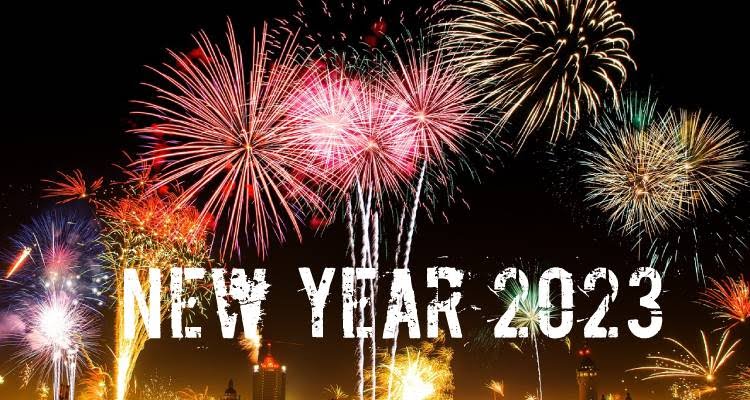Happy New Year 2023
New Year is a time of celebration and renewal, marked by festivities and traditions that have been enjoyed for centuries. While the specific customs and traditions vary around the world, the idea of ringing in the new year is a universal one that has been embraced by cultures and societies throughout history.
The origins of New Year celebrations can be traced back to ancient civilizations, where the marking of a new year served as a way to honor the gods and mark the passage of time. In ancient Rome, the New Year was celebrated on March 1st, and was marked by the festival of Anna Perenna, which honored the goddess of the year. The festival was a time of feasting and revelry, and people would exchange gifts and make resolutions for the new year.
In many ancient cultures, the new year was also associated with the winter solstice, which is the shortest day of the year and marks the beginning of winter. The winter solstice was seen as a time of renewal and new beginnings, and people would hold special ceremonies and rituals to mark the occasion.
As civilizations and cultures developed, the way in which the new year was celebrated evolved as well. In the medieval period, the Catholic Church played a significant role in shaping New Year traditions, and the celebration of the new year was often tied to the liturgical calendar.
In the modern era, the most widely recognized New Year celebration is the one that takes place on January 1st, which is marked by parties, fireworks, and the traditional New Year’s Eve countdown. This date was chosen as the beginning of the new year by the ancient Romans, who designated January 1st as the start of the year in honor of the god Janus, who was the god of beginnings and endings.
In many cultures, the New Year is seen as a time of reflection and resolution-making, and people often take the opportunity to set goals and make plans for the coming year. Some common New Year’s resolutions include resolving to be more healthy or fit, to save money, or to learn a new skill.
The celebration of New Year’s Eve, also known as Hogmanay in Scotland, is marked by a variety of traditions and customs. In the United States, it is common for people to stay up late on New Year’s Eve and watch the ball drop in Times Square on television. In other parts of the world, such as in Spain and South America, people participate in the tradition of eating grapes at the stroke of midnight, with each grape representing a wish for the coming year.
Other popular New Year’s Eve traditions include singing Auld Lang Syne, a traditional Scottish song that is often sung at the stroke of midnight, and making noise with noisemakers or fireworks to welcome in the new year.
The celebration of New Year’s Day itself is marked by a variety of traditions and customs, depending on the culture and location. In some countries, such as the United States, people participate in parades and watch football games, while in others, such as in Japan, people visit temples and participate in traditional rituals to bring good luck in the new year.
Despite the many differences in the way that the new year is celebrated around the world, the idea of marking the passage of time and starting anew is a universal one that has been embraced by cultures and societies throughout history. Whether it’s making resolutions, singing Auld Lang Syne, or eating grapes at midnight, the celebration of New Year is a time for people to come together and look forward to the possibilities and opportunities that the future holds.

 Use Your Android or iPhone Camera as Webcam for Zoom or Google Meet
Use Your Android or iPhone Camera as Webcam for Zoom or Google Meet